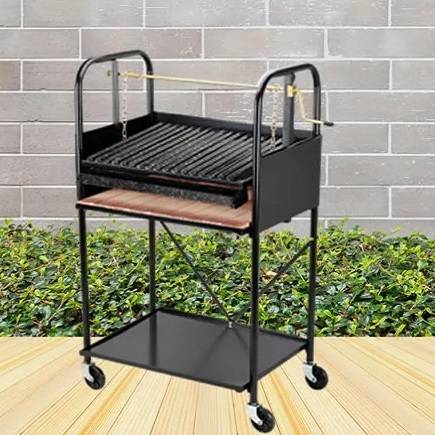- CatalogTop
Full catalog list - Food & BeveragePopular
Popular packed food and beverages
- Beauty & Self Care
Beauty and personal self-care products - Home & Garden
Home and garden supplies and accessories - Board Games
Most popular board games from Latin America - BrandsAll brands
Full list of all brands in the store. Browse all brands - IndustriesNew!
Filter products by desired business category - Services
See all services - See All Products
See full list of all products - Companies
Companies list
Bovine Livestock Classification System in Uruguay

Every country that has developed their meat market has a classification method when slaughtering animals. As for Uruguay, cow beef classification is oriented to defining the quality of cow carcasses and, by implementing homogeneous criteria, grouping them in different categories according to their characteristics. As for any other product this is due to a real need of the market, which is even more accentuated in the case of meat since by its very nature presents great heterogeneity.
History
In Uruguay, the Classification and Typification of beef began in 1951. The first Official System, in force since January 1st, 1956, used the letters of the word “Oriental” to typify the different qualities of the carcasses.
A new formal system came into force on January 1st 1976. The fundamental change presented by this system is to consider separately the attributes of conformation (development of muscle masses) and termination (quantity and distribution of fat). The different conformations are identified with the letters I, N, A, C, U, R and, for the termination, five degrees are stipulated: 0, 1, 2, 3, 4.
In 1995, the National Meat Institute carried out the review of the System considering: the evolution operated in the requirements of the external and internal demand, composition of the rodeo, age and average weight with which the animals are sent to slaughter, methodology of the commercialization of livestock, possible deficiencies in the slaughter statistics; likewise, the systems in force in those countries that, because they are important meat producers, because they have commercial links with Uruguay or because they are members of MERCOSUR, were to be considered for analysis and discussion.
As a result of the above-mentioned review and using its statutory powers, the National Meat Board - by resolution 65/97 of April 14th, 1997, approved the new Official System for the Classification and Classification of Bovine Meats.
Characteristics of the New System
According to the related to Classification, new categories are proposed, determining that sex and age have crucial influence in the meat performance and sensory quality of the beef.
New categories are:
- Heifer: male bovine animals, with baby teeth that by weight and characteristics are to be separated from traditional calves in order to out-stand them. They must provide a warm carcass of 170 kg (374,79 lb) of minimum weight. Those carcasses that do not deserve the types I, N, A, C or which termination grade was 0, will be included in the calves category.
- Young Heifer or Heifers with 6 teeth: stratification of the calf category of the previous system, based on the unquestionable incidence that age has in terms of quality and meat efficiency. In this way, an objective parameter of great importance is highlighted, which is also justified by the positive evolution that has occurred in terms of the increasing percentages of animals with incomplete dentition in the national slaughter.
- Veals (2/3 years old): category that was not contemplated in the previous system and that every day becomes more relevant in the percentages of slaughter. Beyond the importance that the inclusion of this category has from the statistical point of view, it is fair to highlight this type of animals that provide a product that due to its sensory characteristics is very desirable. You will need to provide a warm carcass of 150 kg (330,69) minimum weight.
- Cow (6 teeth): stratification of the cow category from the previous system to highlight age differences.
- Calf: baby teethed bovine animals (male (whole or castrated) or female) which cannot be included in the category Heifers or Young Heifers.
- Bull: males (whole or castrated) with the presence of secondary sexual characteristics, with permanent incisor teeth. Includes the ox category of the previous system.
In relation to Typification, cataloging according to conformation and termination, the types I, N, A, C, U, R are described, from a great muscular development to a marked muscular lack, with variants in the sealing depending on the categories; and grades 0, 1, 2, 3, 4, from lack of coverage to over-completion, as shown in the next table.

References
© 2017 - 2024, Directoro.com, or its affiliates. Trademarks are the property of their respective owners.

